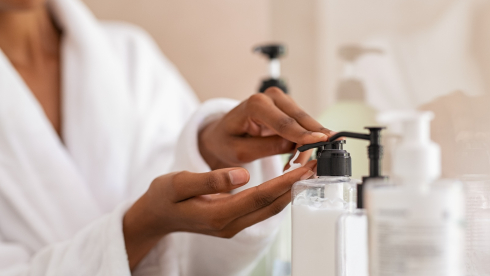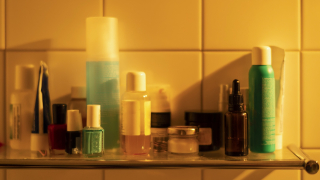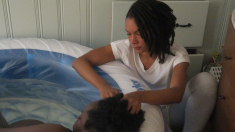President Obama’s recent State of the Union address presented an exciting narrative of American progress, particularly in the area of education—declining dropout rates and improving test scores are certainly worth celebration. But we shouldn’t lose site of the very important work that still needs to be done, particularly with respect to the school discipline disparities that contribute to the academic marginalization of Black children. For Black girls, the troubling narrative about their success in school remains: Black girls are over-represented in juvenile detention and residential placement facilities; their standardized test scores in reading and math are below the national average; and they are still more likely than other girls to experience suspension and expulsion from school.
In response to the school suspension issue, many schools are attempting to rethink their responses to student misbehavior by using a “restorative” (rather than punitive) approach. Rooted in indigenous models of justice from the United States, New Zealand, and other world cultures, restorative justice provides an alternative structure by which to correct negative student behavior(s) and to build accountability and community in schools. This approach includes bringing individuals together “in circle” to address the harmful incident and to repair relationships. It is emerging as one of the leading alternatives to zero tolerance policies and in many states (including Illinois, California, and Minnesota), school districts have adopted policies that encourage and/or require schools to exhaust these options before they suspend or expel students.
According to sujatha baliga, director of the Restorative Justice program at the National Council on Crime and Delinquency, school-based restorative approaches offer an opportunity to not only address the harm that has been caused among the students, but also to reflect upon the potentially biased decision-making that informs decisions about who receives a discipline referral and who does not.
“Our society polices the behavior of people of color, of women and girls, and therefore facilitators need to be aware of their own triggers about Black girls and have a real sense of distinguishing between what is unsafe and what is uncomfortable,” baliga told EBONY.
That’s worth repeating: There is a difference between what is unsafe and what is uncomfortable.
In Oakland, California, the use of restorative justice for youth, was recently noted as playing a major role in shifting the trends regarding the use of suspension from schools. Yejide Ankobia, an Oakland-based restorative justice professional and advocate whose work in the Bay Area has included girls on school campuses and in the criminal legal system, has witnessed the power of restorative justice in schools—but also its challenges with respect to Black girls.
“Black girls have felt that they were the least listened to in school…that they were treated worse and responded to least,” Ankobia told EBONY. “They came into [the school] space and were getting into trouble because of potential fights…Although they don’t always like the [restorative] process, they can’t resist the process because the outcomes are better in terms of quashing conflict or keeping the peace.”
In her work, Ankobia was able to work directly with Black girls who were struggling to stay connected to school, and in her conversations with these young women, she discovered that restorative justice works if the facilitator can make a commitment to “be there” for the young women in ways that adult women may not have consistently “been there” for them in the past.
“Walking the balance between dean of students and holding the restorative justice process was a challenge,” Ankobia said. “But my intention was to be in good relationship with every kid. It started with showing respect. I was always the person they knew would say hello, recognize them by name if I knew them and ask them why they weren’t in class…I was the one who would say, ‘I care about you and want to know how you’re doing, but I also want to know why you’re not where you’re supposed to be.’”
Ultimately, Ankobia’s work was about how she “showed up” for the young women at her school, including those who would try to disperse when they saw her coming. Still, she knew that they knew her love for them was genuine.
“It’s about always showing up and wanting to make sure they were okay, but then holding them accountable,” she said. “Part of what breaks through is when you show them that you care by approaching them with a certain amount of respect. For our kids, respect is at the top of their list—not yelling, not calling them out of their names, not using profane language with them… They knew I wanted to be there and that I cared. They would trust that I was going to be fair, and that I was going to listen.”
Feminist writer Audre Lorde once wrote that the master’s tools will never dismantle the master’s house. Listening. Caring. Facilitating respect and accountability. These are a far cry from detention, suspension and expulsion. But these are new tools that just might dismantle the house of inequality built by an era of zero tolerance and punishment.
Without question, it’s a strategy that more school districts should explore.
Monique W. Morris, Ed.D. is a social justice scholar, and author of Black Stats: African Americans by the Numbers in the Twenty-First Century and a forthcoming book on the criminalization of Black girls in schools. Follow Dr. Morris on Twitter @MoniqueWMorris.













